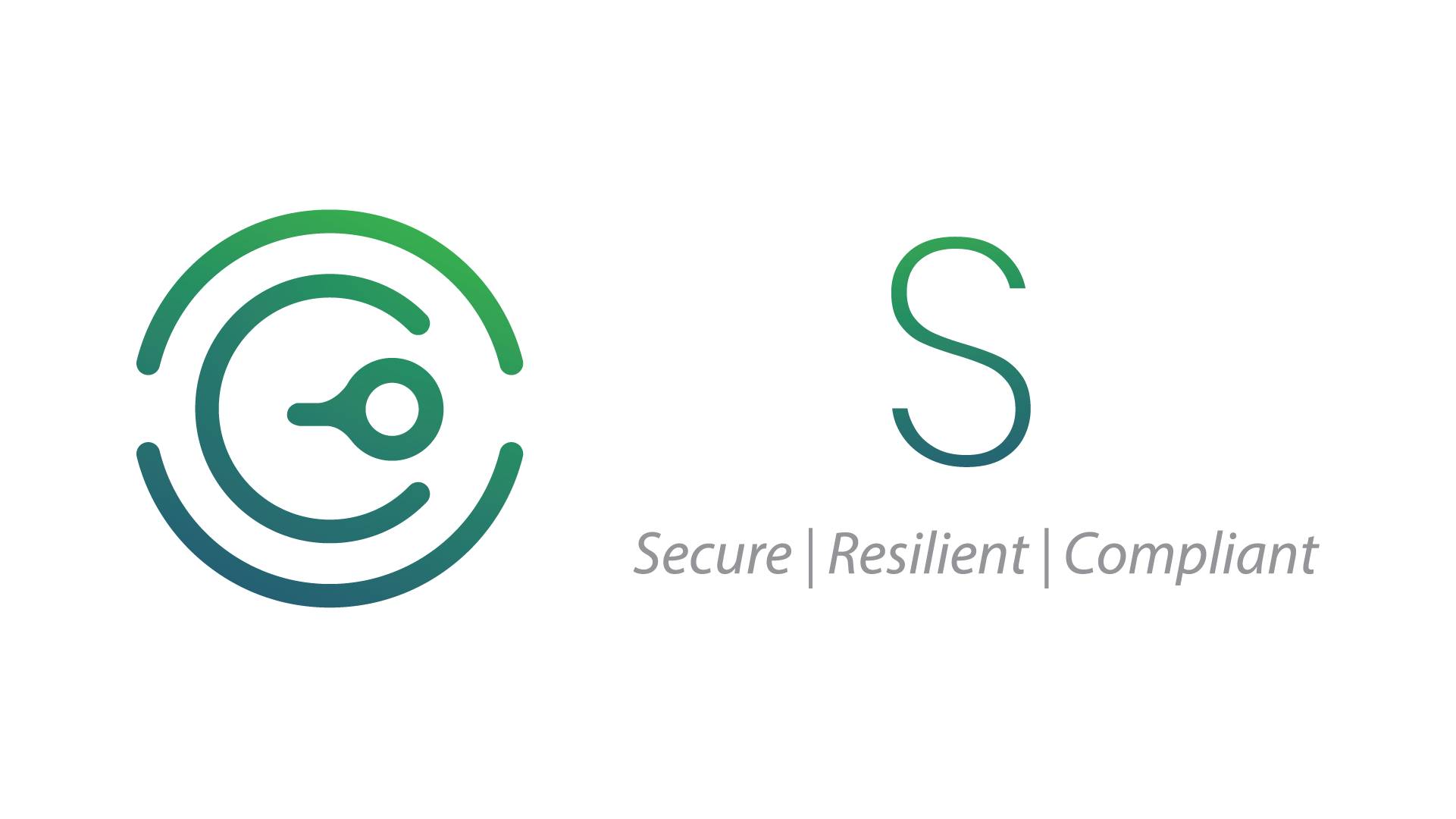
Disaster Recovery Plans for Modern Enterprises in the GCC
The Gulf Cooperation Council (GCC) region, comprising countries such as Saudi Arabia (KSA), the United Arab Emirates (UAE), Bahrain, Kuwait, Oman, and Qatar, is undergoing a massive digital transformation. This shift is accompanied by an increasing reliance on technology across critical sectors, making robust disaster recovery plans (DRPs) essential for maintaining business continuity. Modern enterprises in the GCC must proactively address risks posed by natural disasters, cyberattacks, and operational disruptions to protect their operations and data.
This article provides an in-depth look at the importance of DRPs in the GCC, challenges unique to the region, and best practices for crafting and maintaining effective recovery strategies.
1. Introduction
Disasters, whether natural or man-made, can disrupt business operations, leading to significant financial losses and reputational damage. For enterprises in the GCC, the stakes are particularly high due to:
- Digital Dependency: A growing reliance on digital infrastructure in sectors like oil & gas, finance, and healthcare.
- Cybersecurity Threats: A sharp rise in ransomware attacks and data breaches targeting regional organizations.
- Regulatory Compliance: Stringent regulations such as SAMA (Saudi Arabian Monetary Authority), NESA (UAE’s National Electronic Security Authority), and Bahrain’s PDPL (Personal Data Protection Law).
Key Stats to Consider:
- In 2023, GCC organizations experienced an average downtime cost of $500,000 per hour during major disruptions.
- 45% of businesses in the region lack a comprehensive disaster recovery plan, leaving them vulnerable to prolonged outages.
The introduction of DRPs tailored to modern enterprises in the GCC is not just a precautionary measure—it is a critical business necessity.
2. Understanding Disaster Recovery
a. What is a Disaster Recovery Plan (DRP)?
A Disaster Recovery Plan (DRP) is a documented approach that outlines how an organization will restore critical systems, applications, and data after a disruptive event. It ensures minimal downtime, maintains customer trust, and supports regulatory compliance.
Key Components of a DRP:
- Data Protection: Strategies to back up and recover lost data.
- Infrastructure Recovery: Steps to restore hardware, networks, and software.
- Communication Protocols: Defined roles and processes for internal and external communication during a crisis.
- Testing and Maintenance: Regular updates to ensure the DRP remains effective.
b. Types of Disasters
- Natural Disasters: Earthquakes, floods, and sandstorms common in the GCC can disrupt operations.
- Cyber Disasters: Ransomware attacks, data breaches, and DDoS attacks are increasingly targeting GCC enterprises.
- Operational Disasters: Power outages, equipment failures, and human errors are significant risks.
c. Why GCC Enterprises Need Robust DRPs
- Economic Impact: Critical industries like oil & gas cannot afford prolonged downtime.
- Regulatory Mandates: Compliance with SAMA, NESA, and other frameworks requires documented disaster recovery measures.
- Customer Trust: A well-executed DRP demonstrates reliability and builds confidence among clients and stakeholders.
3. Challenges in Developing Disaster Recovery Plans in the GCC
a. Lack of Awareness and Preparedness
Many organizations in the GCC underestimate the importance of DRPs, particularly small and medium enterprises (SMEs). A common misconception is that regular backups suffice, but these do not address infrastructure recovery or operational continuity.
b. Complex Regulatory Environment
Navigating the GCC’s regulatory landscape is challenging. For example:
- SAMA Cybersecurity Framework: Mandates specific disaster recovery requirements for financial institutions in KSA.
- NESA Standards: Requires UAE organizations to meet stringent data protection and recovery criteria.
- PDPL in Bahrain: Focuses on the protection of personal data, with implications for recovery processes.
c. Resource Constraints
Implementing a comprehensive DRP requires significant financial and human resources:
- High costs of redundant infrastructure and failover systems.
- Shortage of skilled IT professionals with expertise in disaster recovery.
d. Technological Advancements and Integration
While advanced technologies like AI and cloud-based DR solutions offer great potential, integrating them into existing IT environments can be complex and time-consuming.
4. Steps to Create an Effective Disaster Recovery Plan
a. Risk Assessment and Business Impact Analysis (BIA)
A thorough risk assessment identifies potential threats and their impact on business operations. BIA helps prioritize systems and processes based on their criticality.
Example:
# Simple Risk Assessment Scoring System
risks = {
“Ransomware Attack”: 9,
“Power Outage”: 7,
“Flooding”: 5,
“Hardware Failure”: 8
}
for risk, score in risks.items():
if score > 7:
print(f”High Priority Risk: {risk} with score {score}”)
else:
print(f”Moderate Priority Risk: {risk} with score {score}”)
b. Set Recovery Objectives
Establish realistic and measurable objectives:
- Recovery Time Objective (RTO): The maximum allowable downtime.
- Recovery Point Objective (RPO): The acceptable level of data loss.
c. Develop a Comprehensive Strategy
- Data Backup: Implement daily backups using hybrid solutions (cloud and on-premises).
- Infrastructure Recovery: Plan for both physical and virtual recovery environments.
- Communication Plan: Define roles for all stakeholders during a disaster.
d. Implement Advanced Technologies
- Cloud-Based DR Solutions: Utilize DRaaS (Disaster Recovery as a Service) for flexibility and scalability.
- Automation: Leverage AI for predictive analytics and automated failovers.
- Redundant Systems: Deploy geographically dispersed data centers to ensure availability.
e. Ensure Compliance
Align your DRP with local and international regulations. Regularly audit recovery processes and maintain logs for regulatory reporting.
f. Regular Testing and Updates
Simulate disaster scenarios to test the effectiveness of the DRP. Update the plan periodically to address new risks and incorporate advancements in technology.
6. Benefits of an Effective Disaster Recovery Plan
- Minimized Downtime: Ensures rapid restoration of services.
- Regulatory Compliance: Avoids penalties and legal repercussions.
- Enhanced Customer Trust: Demonstrates resilience and reliability.
- Cost Savings: Reduces financial losses associated with unplanned downtime.
7. Conclusion
In the GCC’s dynamic and competitive environment, disaster recovery planning is not optional but essential. Enterprises must proactively address risks and align their DRPs with both regional regulations and global best practices. By adopting advanced technologies, ensuring compliance, and regularly testing their plans, organizations can safeguard their operations and maintain a competitive edge.
Call-to-Action: At Centre Systems Group, we provide tailored disaster recovery solutions designed to meet the unique challenges of GCC enterprises. Contact us to future-proof your business today.
Frequently Asked Questions
What is a disaster recovery plan (DRP)?
A DRP is a structured approach to restore critical systems, data, and operations after a disruptive event.
Why are DRPs critical for GCC enterprises?
Industries like oil & gas and finance rely heavily on uninterrupted operations, making DRPs essential for resilience.
What are the common types of disasters addressed in a DRP?
Natural disasters, cyberattacks, operational failures, and human errors are common scenarios.
What are RTO and RPO in disaster recovery?
RTO (Recovery Time Objective) defines acceptable downtime, while RPO (Recovery Point Objective) defines acceptable data loss.
What technologies are used in modern DRPs?
Cloud-based DRaaS (Disaster Recovery as a Service), redundancy systems, and AI-driven tools are commonly used.
How does a risk assessment improve DRPs?
It identifies potential threats and their impact, helping businesses prioritize resources and mitigation strategies.
What role does testing play in disaster recovery?
Regular testing ensures that DRPs are effective, updated, and actionable during real-world scenarios.
What regulations influence DRPs in the GCC?
Compliance with frameworks like NESA, SAMA, and PDPL shapes how businesses develop their recovery plans.
What are the financial benefits of an effective DRP?
Minimizing downtime reduces revenue loss, operational disruptions, and reputational damage.
How can businesses integrate DRPs with cybersecurity measures?
By aligning disaster recovery with incident response plans and conducting regular security audits.



Leave a Reply